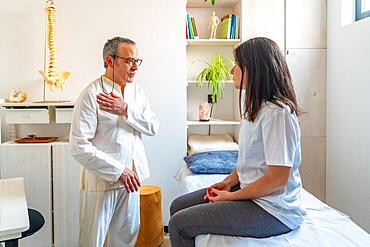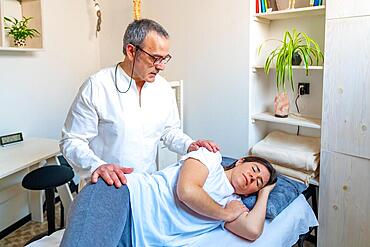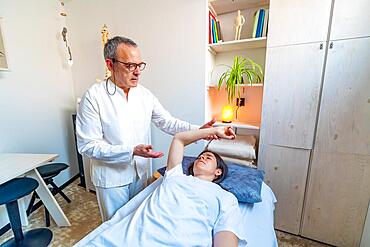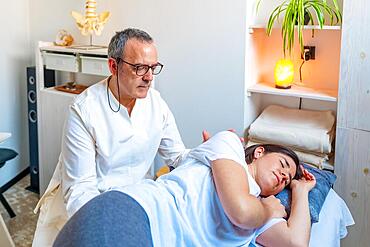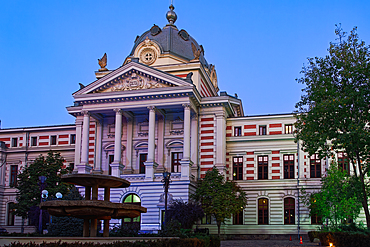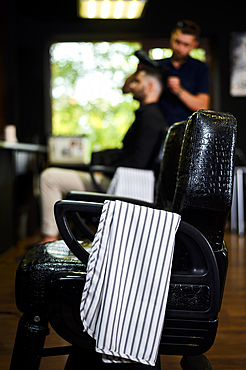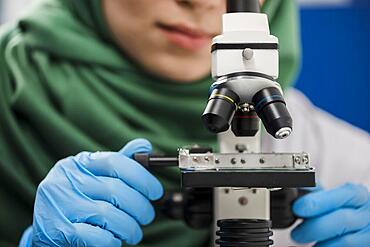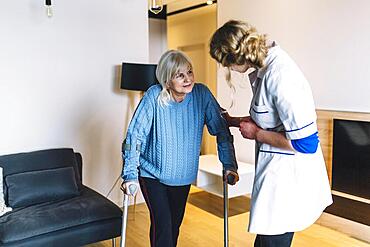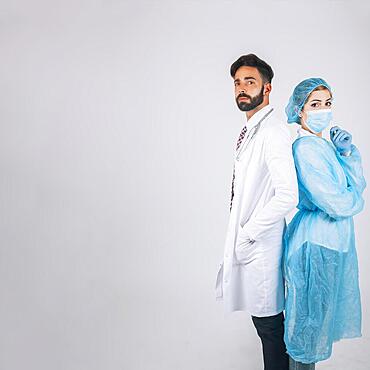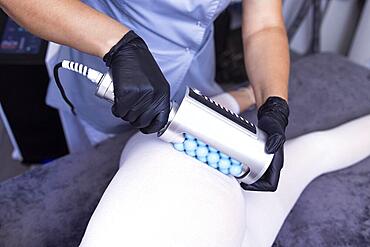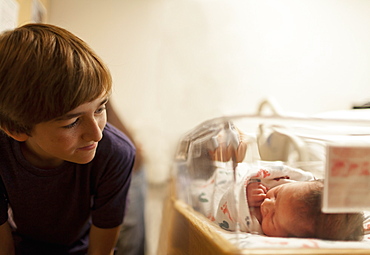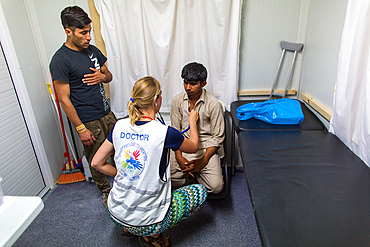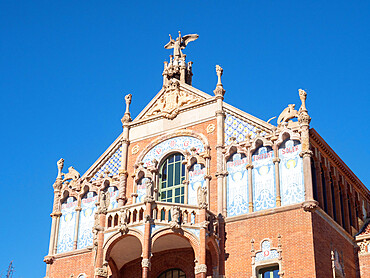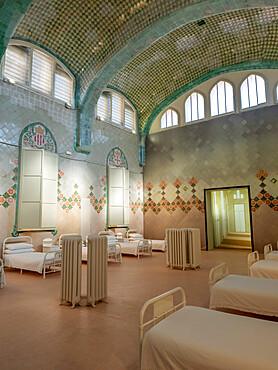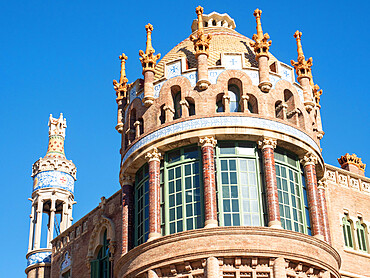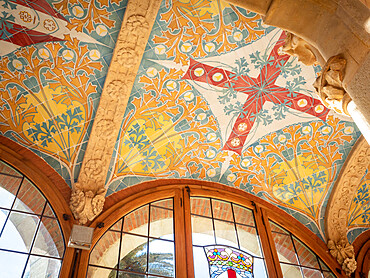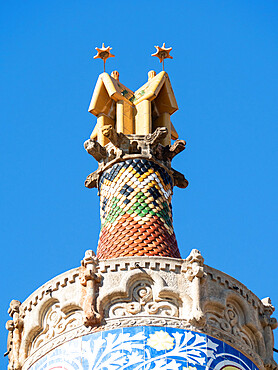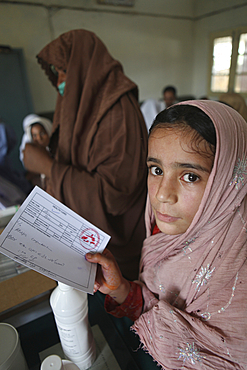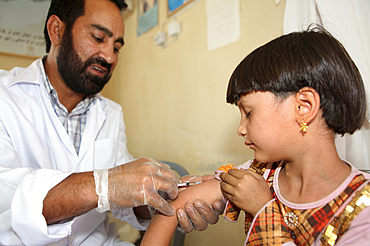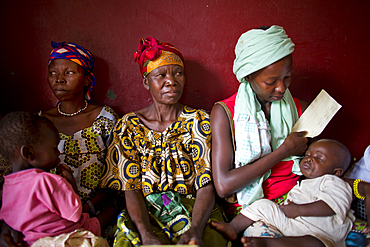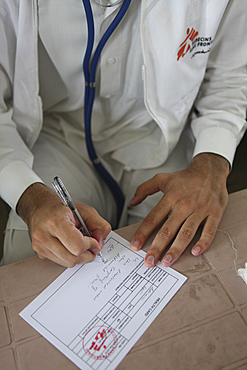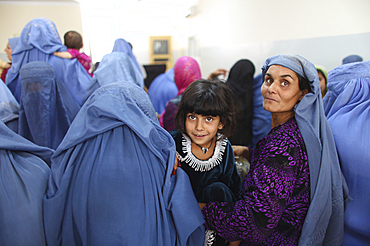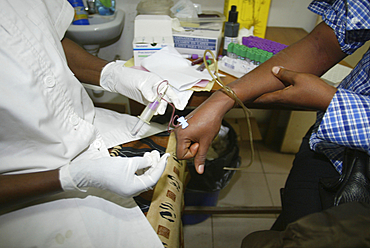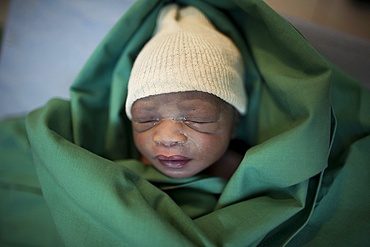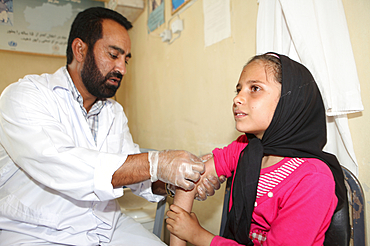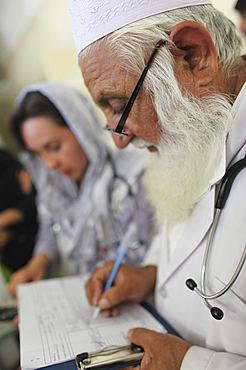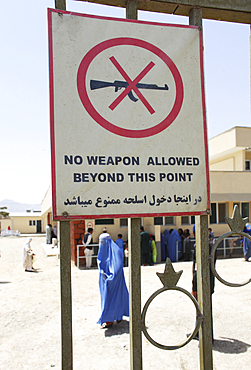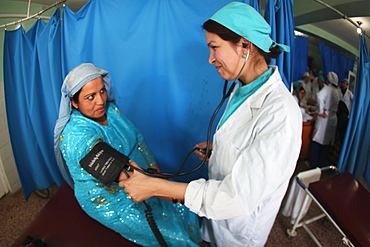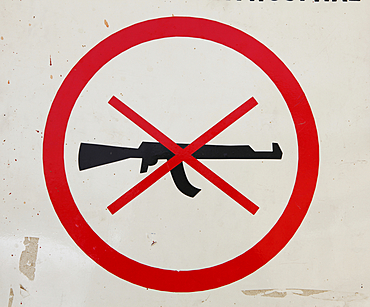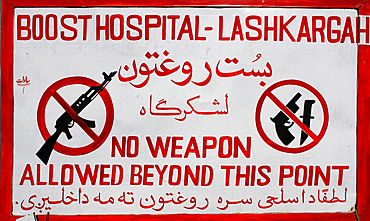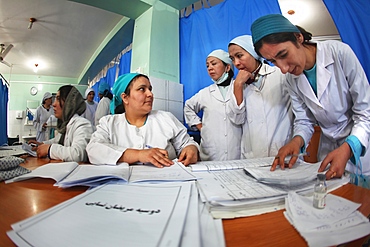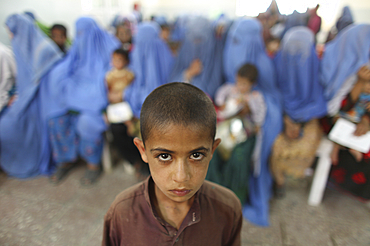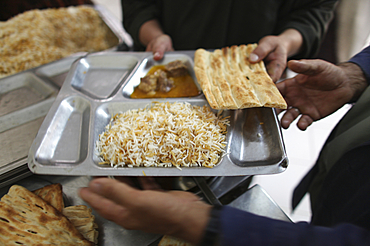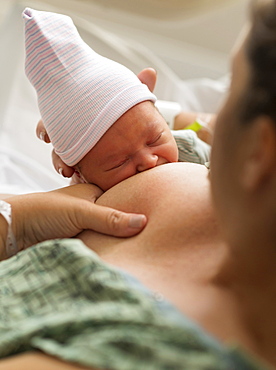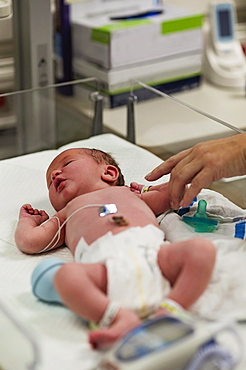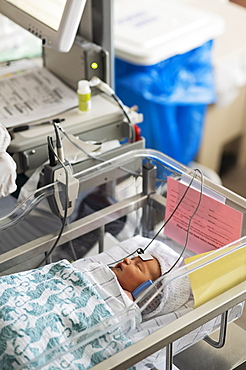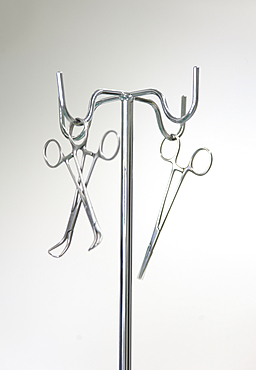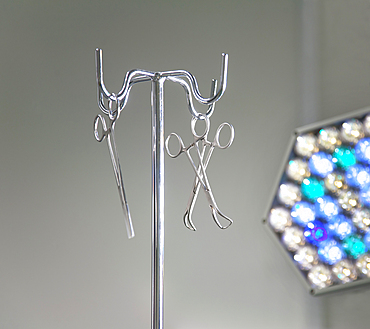Recent searches
Loading...
1384-86 - Capilla de Nuestra Señora del Rosario Del Hospital De San Juan de Dios chapel church, Merida, Yucatan State, Mexico
832-404552 - Male mature masseur and female adult patient talking in a Qi gong massage clinic
832-404551 - Relaxed woman receiving a massage from a Qi gong expertise in a clinic
832-404549 - Qi gong masseur performing massage and stretching to a patient lying on stretcher in a clinic
832-404550 - Women lying on stretcher receiving a relief massage in a Qi gong masseur clinic
1358-334 - Footbridge from Ireland Island to Hospital Island, Sandys, Bermuda.
1358-333 - Footbridge from Ireland Island to Hospital Island, Sandys, Bermuda.
1358-331 - Footbridge from Ireland Island to Hospital Island, Sandys, Bermuda.
1358-332 - Footbridge from Ireland Island to Hospital Island, Sandys, Bermuda.
1358-330 - Footbridge from Ireland Island to Hospital Island, Sandys, Bermuda.
1278-347 - Evening facade view of Coltea Clinical Hospital (Spitalul Clinic Coltea) 1888 historical building, under a clear sky, Bucharest, Romania, Europe
1373-57 - View of the Smallpox Hospital, a historic abandoned hospital located on Rooseevelt Island, an island in the East River, in the borough of Manhattan, New York City, United States of America, North America
1373-54 - View of the Smallpox Hospital, a historic abandoned hospital located on Roosevelt Island, an island in the East River, in the borough of Manhattan, New York City, United States of America, North America
832-404200 - Detail of the vaccination in a black African ethnic girl, immunizes the population, people at risk, antibodies, new normal, covid-19
832-403715 - Female psychologist writing notes diary while patient lying couch clinic
832-403714 - Female patient with physiotherapist doing exercises with ball
832-403667 - Female scientist with hijab working lab with microscope
832-403867 - Close up doctor taking blood sample from sick person
832-403857 - Adult male getting his temperature checked
832-403798 - Nurse holding wheelchair front senior female patient
832-403774 - Specialist female doctor wearing white robe
832-400348 - Faceless beautician using massager to remove fat from hips of anonymous customer in salon. Cosmetologist in a beauty parlor. Cosmetologist dermatologist in a beauty clinic. Cosmetic procedures
832-398521 - Female doctor vaccinating her colleague
1359-661 - Low angle view of Edinburgh Castle Hospital, Edinburgh, Scotland, United Kingdom, Europe
844-27673 - View of Gun Cabinet & Hospital 14th Century in Argyrokastro Square, Old Rhodes Town, UNESCO World Heritage Site, Rhodes, Dodecanese, Greek Islands, Greece, Europe
1178-43011 - Stressed Indian doctor leaning on wall
1178-42988 - Physical therapist and patient in hospital pool
1178-42953 - Physical therapist and patient in hospital pool
1178-42972 - Boy (12-13) looking at newborn baby sister (0-1 months) in incubator
1350-6072 - Mobile clinic for Syrian refugees, run by Boat Refugee Foundation in Lesbos, Greece
1350-6084 - Mobile clinic for Syrian refugees in Moria camp, run by Boat Refugee Foundation in Lesbos, Greece
1350-6081 - Mobile clinic for Syrian refugees, run by Boat Refugee Foundation in Lesbos, Greece
1350-6068 - Mobile clinic for Syrian refugees in Moria camp, run by Boat Refugee Foundation in Lesbos, Greece
1350-6070 - Mobile clinic for Syrian refugees, run by Boat Refugee Foundation in Lesbos, Greece
1242-454 - Facade, Hospital de la Santa Creu i de Sant Pau, the art nouveau former hospital of Barcelona, Barcelona, Catalonia, Spain, Europe
1242-452 - Patient ward, Hospital de la Santa Creu i de Sant Pau, the art nouveau former hospital of Barcelona, Barcelona, Catalonia, Spain, Europe
1242-455 - Building detail, Hospital de la Santa Creu i de Sant Pau, the art nouveau former hospital of Barcelona, Barcelona, Catalonia, Spain, Europe
1242-456 - Interior, Hospital de la Santa Creu i de Sant Pau, the art nouveau former hospital of Barcelona, Barcelona, Catalonia, Spain, Europe
1242-453 - Building detail, Hospital de la Santa Creu i de Sant Pau, the art nouveau former hospital of Barcelona, Barcelona, Catalonia, Spain, Europe
1242-450 - Hospital de la Santa Creu i de Sant Pau, the art nouveau former hospital of Barcelona, Barcelona, Catalonia, Spain, Europe
1350-5852 - medical care to victims of the floods in pakistan
1350-5853 - medical care to victims of the floods in pakistan
1350-5619 - health care at the MSF OCA hospital in Bossangoa, central african republic
1350-5854 - medical care to victims of the floods in pakistan
1350-5849 - medical care to victims of the floods in pakistan
1350-5851 - medical care to victims of the floods in pakistan
1350-5618 - health care at the MSF OCA hospital in Bossangoa, central african republic
1350-5682 - burn victims of a IED attack in Afghanistan
1350-5850 - medical care to victims of the floods in pakistan
1350-5810 - emergency health care in Mpoko refugeecamp (airport) in CAR
1178-42569 - Infant baby girl (0-1 months) treated for jaundice in incubator
1178-42566 - Mother lying with newborn baby girl (0-1 months) in hospital
1178-42567 - Nurse placing newborn baby girl (0-1 months) in incubator
1178-42563 - Mother breastfeeding newborn baby girl (0-1 months)
1178-42564 - Mother breastfeeding newborn baby girl (0-1 months)
1178-42571 - Infant baby girl (0-1 months) being examined with electrodes
1178-42562 - Mother holding newborn baby girl (0-1 months)
1178-42570 - Infant baby girl (0-1 months) having hearing test done
1178-42568 - Newborn baby girl (0-1 months) in incubator
1178-42565 - Mother breastfeeding newborn baby girl (0-1 months)
1174-11004 - A yellow bag in a light and airy empty corridor Yellow bag.
1174-11008 - Corridor and waiting areas of a modern hospital with seating
1174-11009 - Corridor and waiting areas of a modern hospital with seating
1174-11002 - Corridor and waiting areas of a modern hospital with seating Yellow bag.
1174-11014 - Instruments on a metal stand in an operating theatre in a new hospital.
1174-11010 - Corridor and waiting areas of a modern hospital with seating
1174-11013 - Instruments on a metal stand in an operating theatre in a new hospital.
1174-11012 - Recovery room in a modern hospital, post-operative recovery, patient bays with curtains
1174-11001 - Corridor and waiting areas of a modern hospital with seating Yellow bag.

